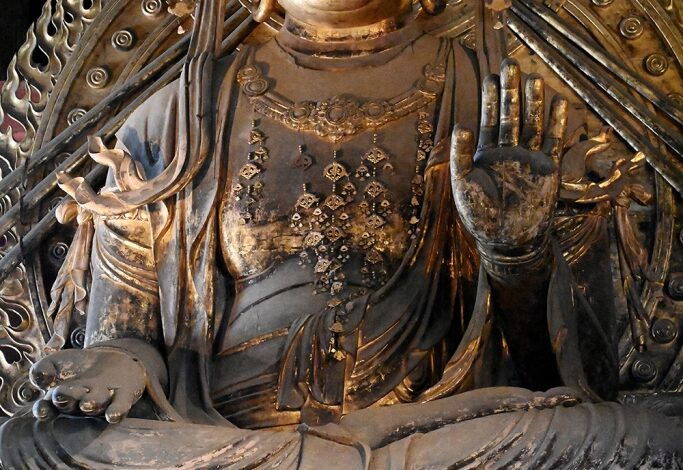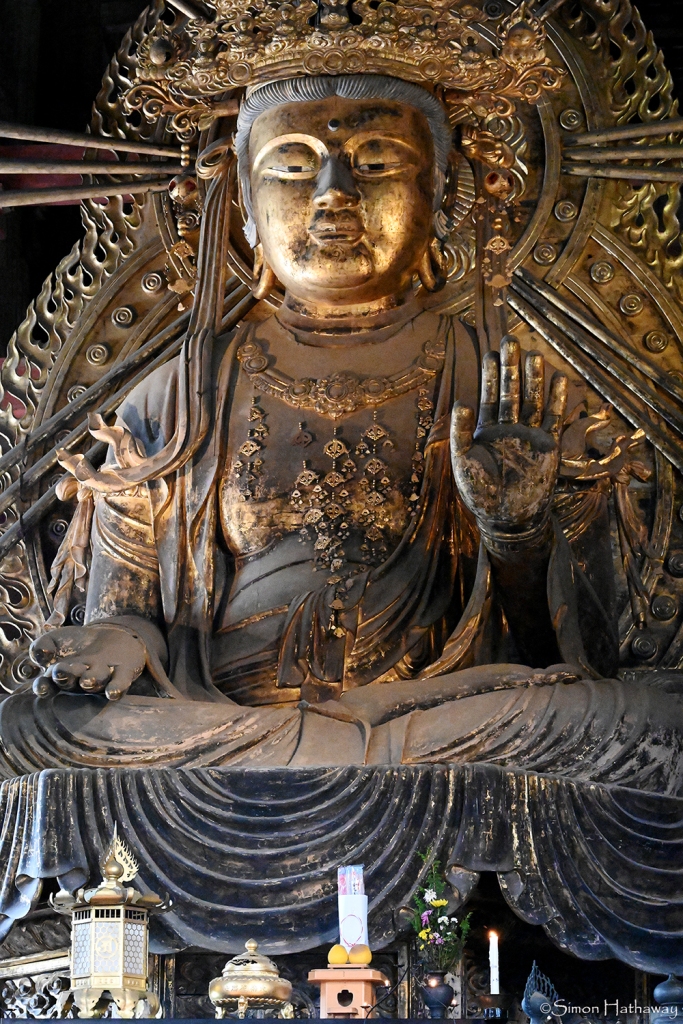The Diamond Sutra (3) – Second Commentary – Zen Fools

Part 1-3
Thus did I hear. One time, the Buddha was staying in Jeta Grove in Sravasti, residing with 1,250 great monks.
Commentary:
As mentioned in Chapter 1-1, “Thus have I heard” refers to hearing without being deluded by words or appearances, listening as it is, in its true nature. It means hearing all sounds as they are, or hearing them as empty. While we tend to categorise sounds into things such as “birdsong”, “thunder”, or “a child crying”, listening as it is means, as the saying goes, “even if the ears are full, there are no words”. This means hearing any sound without attaching words that distinguish or divide it.
This kind of hearing is also described as hearing the unheard, listening without being swayed by words, or regarding all sounds as the function of the true-Self—referred to in Chapter 1-2 as “Tathagata”, “the true-Self”, “Buddha”, “Emptiness”, or “Non-Duality”. In this state, the listener and the object of hearing become one, resulting in hearing without hearing.

This is how one listens to the Buddha’s dharma talks. If one can hear everything in this way, one can hear the Buddha’s dharma talks anytime, anywhere, and cannot stop hearing them even for a single moment. Such a state is said to be reaching the Pure Land, and once reached, one cannot escape from it.
Disciple: “What is it like when one hears in this way?”
Master: “I can’t help but answer your question?”
Disciple: “Why can’t you help but answer my question?”
Master: “Because no one can deceive you.”
Hearing others’ words about it a hundred times—How could this compare to hearing it directly once?
©Boo Ahm
All writing ©Boo Ahm. All images ©Simon Hathaway


